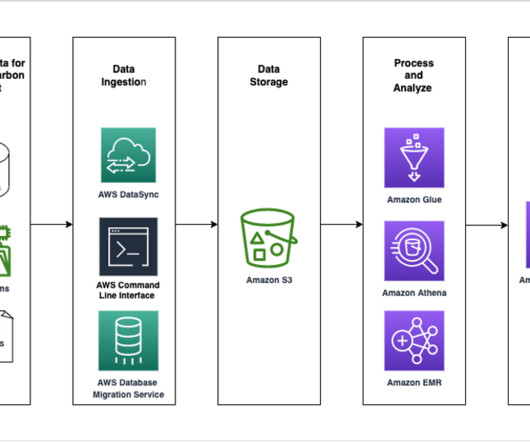How the C-Suite Can Champion Sustainability Across the Enterprise
CIO Business Intelligence
AUGUST 29, 2022
In fact, more than 3,200 companies have set science-based carbon targets , and thousands of companies from around the world are pledging to reach net-zero emissions by either 2040 or 2050. Natural resources: In addition to reducing their carbon footprint, companies need to address water usage and improve waste management practices.














Let's personalize your content